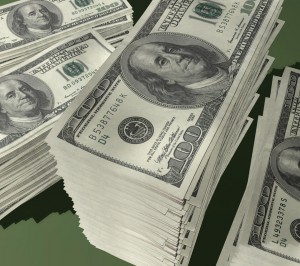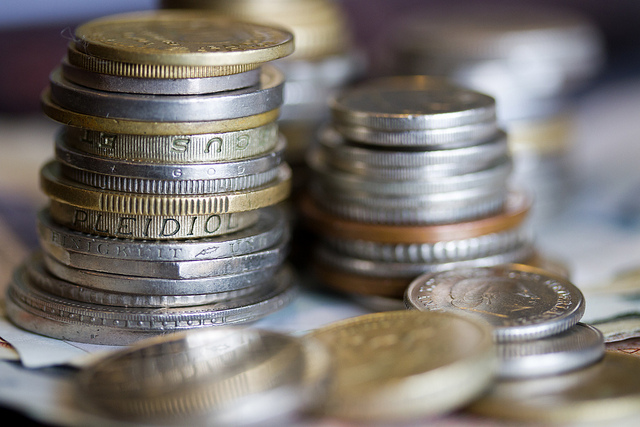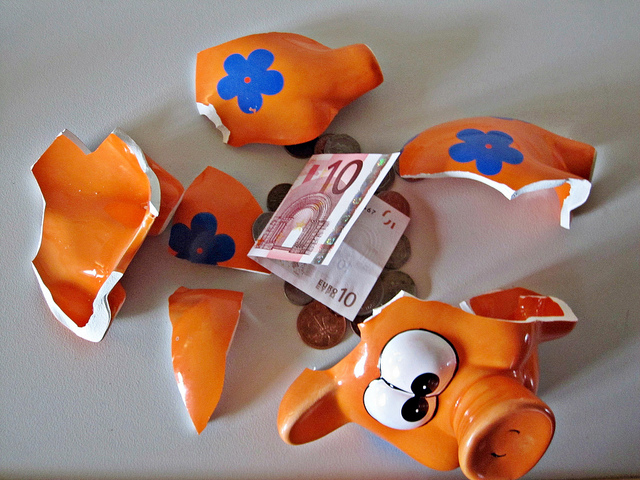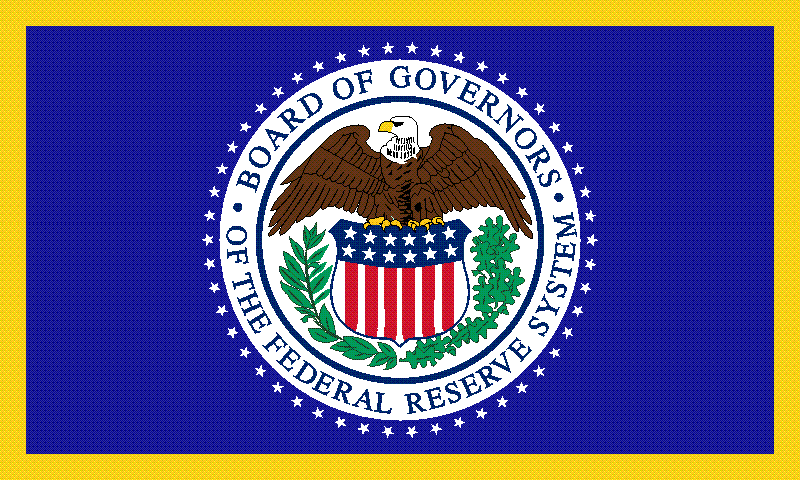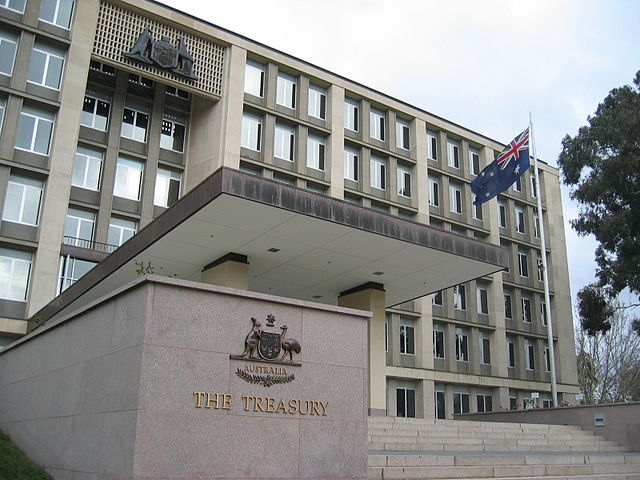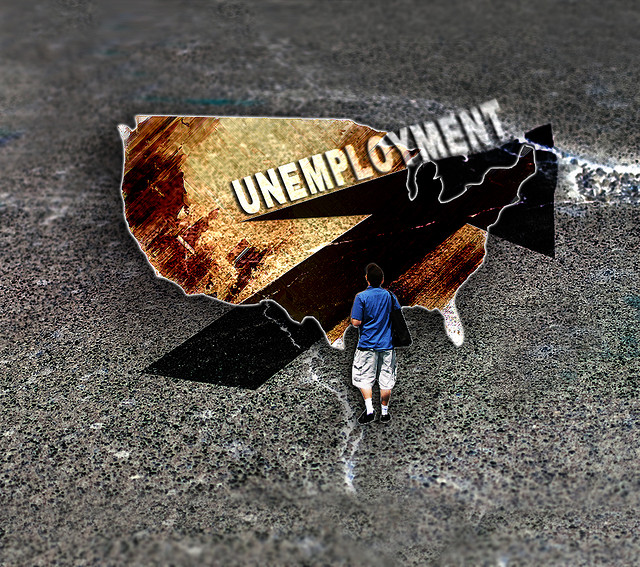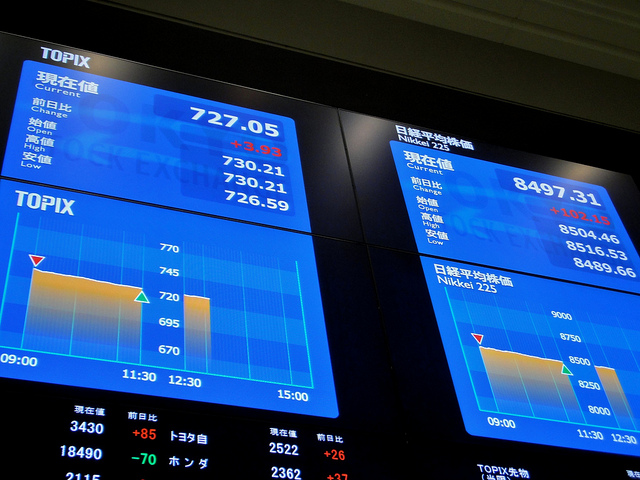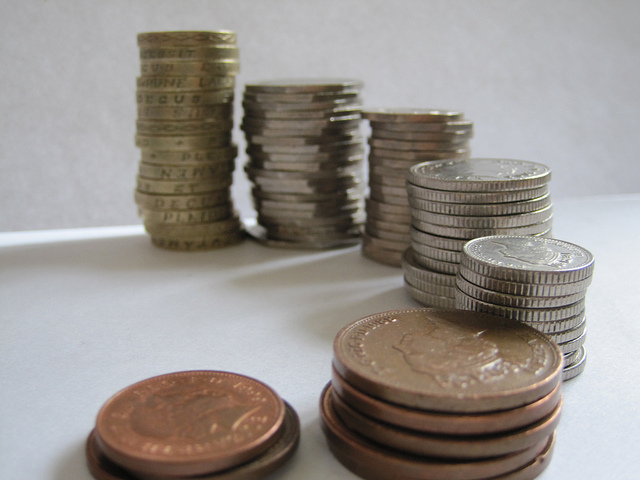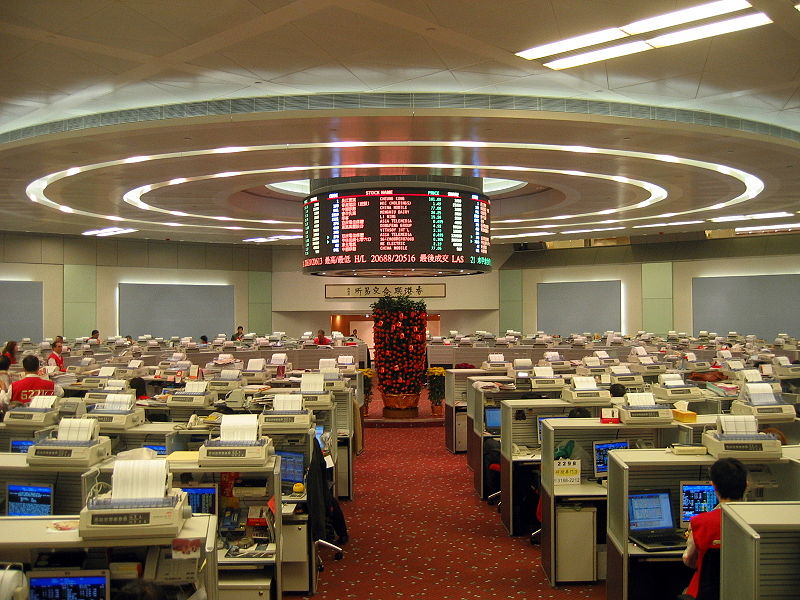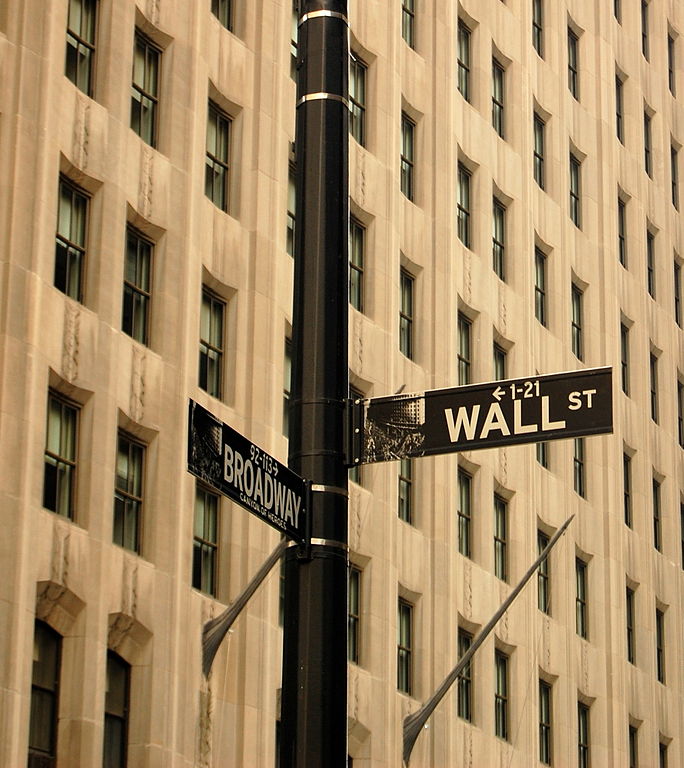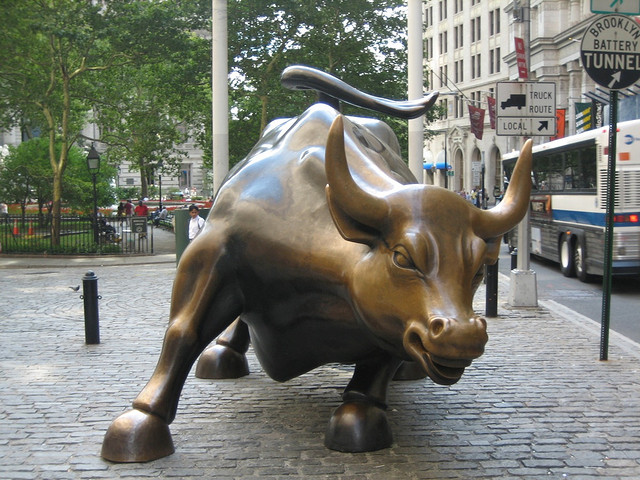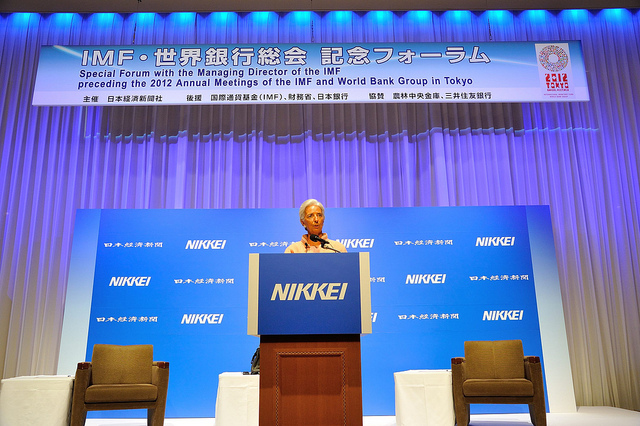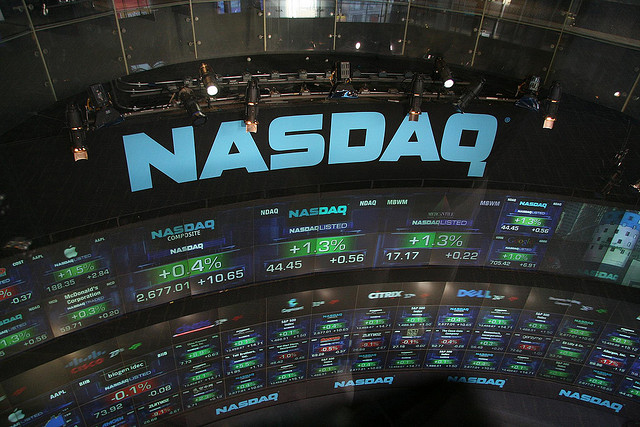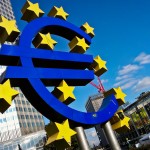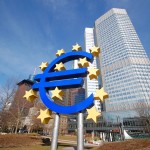Here’s today’s ‘Just A Minute’ bringing you a 60 second summary of what’s happening in the financial markets:
Main Trading Event Of The Day: U.S. CB Consumer Confidence @ 14.00 GMT
WHAT WE’RE WATCHING TODAY
Dollar Touches Highest in Six Weeks Ahead Of Fed Meeting
The U.S. dollar touched its strongest in 6 weeks against a basket of major currencies today as investors await a policy review by the Federal Reserve. The Fed is almost certain to cut its monthly bond-buying program by another $10 billion as it looks to wind up the scheme later in the year, but the focus for markets is on any clues to the timing of the first interest rate hike. The dollar index, which measures the greenback’s value against a basket of major currencies, held steady at 81.029 having risen to 81.084 late last week, its highest level since early February. The euro remained pinned near an eight-month trough of $1.3421 set on Friday. It last traded at $1.3435, little changed on the day. In a sign of the increasingly bearish market sentiment toward the euro, data from a U.S. financial watchdog late last week showed that speculators increased their net short position in the euro to 88,823 contracts in the week to July 22, the most bearish positioning against the single currency since late November 2012.
Fed To Raise Rates Sooner Rather Than Later?
According to some market-watchers, an improving economy could force the Fed to shift into rate hiking gear sooner than it had anticipated. While this is not a majority view, it is one that has been picking up momentum. Others see the Fed holding off on rate hikes until late next year, but then hiking much more aggressively than expected. The Fed meets for two days starting Tuesday and is widely expected to taper back its monthly bond buying program by another $10 billion to $25 billion. While the Fed is not likely to reveal any more about the timing of rate hikes or how it will unwind its more than $4 trillion balance, it is likely to be discussed at this week ‘s meeting. Traders will be watching for clues on Fed timing in its statement, particularly around the Fed’s dual mandates of helping employment and fighting inflation. Fed chair Janet Yellen last said unemployment “remains elevated,” and described inflation as running below its objective of 2 percent. Economists expect the Fed’s more hawkish members to ramp up their calls for ending easy policy, if economic data improves. Amid concerns that the Fed has stayed easy for too long, there are the opposite fears that it is unwinding easing before the economy has picked up real traction, and that higher rates could harm critical parts of the economy, like housing. The economy is still growing at a sluggish speed which could show up Wednesday when second-quarter GDP is released, and economists are forecasting growth of just 2.9 percent. At that pace, it does not show much spring back from the 2.9 percent contraction in the first quarter.
Fed watchers are looking as much to the data this week as the Fed statement for clues on its policy path. The July employment report on Friday is expected to show the economy added more than 200,000 jobs for a sixth month, and the unemployment rate is expected to drop to 6 percent. The Fed has stepped back from its target of 6 percent unemployment as a pivot point for considering rate hikes, but the market remains fixated on the number.
Twitter Earnings: Investors Focusing On User Growth
Twitter is due to report its second-quarter results after the market closes today. A surge in sales is expected but investors are more concerned with seeing signs of growth in the social-network’s user base. The social media giant is forecast to post a loss of a penny a share, compared with a loss of 12 cents a share in the year earlier period. Twitter’s revenue is expected to more than double to $283.4 million from $139.3 million in the year ago quarter. Twitter shares have fallen 8% in the last three months and are down 40% year-to-date, mainly due to investor worries that the company’s user base isn’t growing fast enough, but is reportedly planning to introduce new user metrics to show investors that it has a growing reach even though its base is expanding at a slower rate. It remains to be seen whether it can convince Wall Street that it can create value even without robust growth in monthly active users. Twitter inevitably faces comparisons to social media giant Facebook. Last quarter, Twitter reported that it had 255 million monthly active users, which pales in comparison to Facebook, which just reported 1.3 billion monthly users in the second quarter. Twitter is nonetheless considered a key player in the social networking market.
That sums up today’s highlights! As always, you can stay in touch via our Facebook, Twitter, Google+ & LinkedIn pages for all the latest trading updates. We hope you have a profitable day on the markets.


